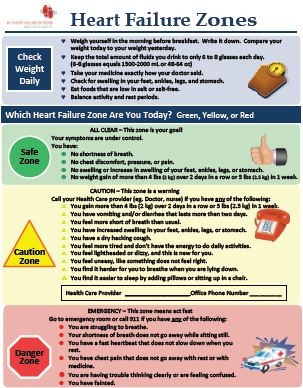- Community
-
Programs
- Schools
-
Careers
- RN Specialties
- Best RN Jobs and Salaries
- Aesthetic Nurse
- Nursing Informatics
- Nurse Case Manager
- NICU Nurse
- Forensic Nurse
- Labor and Delivery Nurse
- Psychiatric Nurse
- Pediatric Nurse
- Travel Nurse
- Telemetry Nurse
- Dermatology Nurse
- Nurse Practitioner
- Best NP Jobs and Salaries
- Family NP (FNP)
- Pediatric NP
- Neonatal NP
- Oncology NP
- Acute Care NP
- Aesthetic NP
- Women's Health NP
- Adult-Gerontology NP
- Orthopedic NP
- Emergency NP
- Psychiatric-Mental Health NP (PMHNP)
- APRN
- Nurse Educator
- Nurse Administrator
- Certified Nurse Midwife (CNM)
- Clinical Nurse Specialist (CNS)
- Certified Registered Nurse Anesthetist (CRNA)
- Resources
- Education


sunnysideRN
14 Posts
Wondering if any of you have a system for what you teach and when you teach it.
For instance, I've heard of some nurses teaching safety measures on the first f/u visit after the SOC, then pain mgt, then the medications. Also heard of some nurses teaching on 1 medication and/or disease per visit until they are all covered. I'm trying to be more systematic about it because I feel like I just address things as they come up and I'd like to be more proactive.
My agency uses Kinnser and I feel like the pre-populated "progress to goals" don't help matters. It doesn't feel like a real care plan to me as so many of the items aren't relevant and there are many other things I liked to teach which aren't in there (though I could "free text" them if I had all the time in the world).
I'd like to print more educational handouts but after all my charting the last thing I have energy for is printing materials, plus I'm trying to be smart about out-of-pocket expenses spent on work. Currently, I use my phone to pull up information in the home (for example, side effects of such and such medication) and then I just discuss it with the patient. Is a discussion the best teaching method for elderly adults, I am not sure.
Any thoughts on anything related to how you teach your patients is appreciated :)